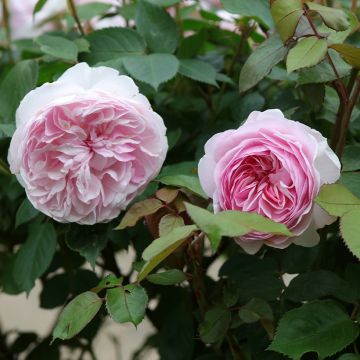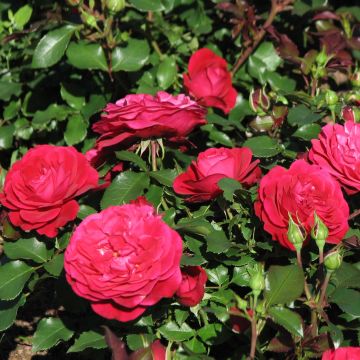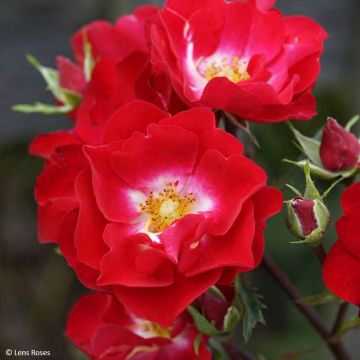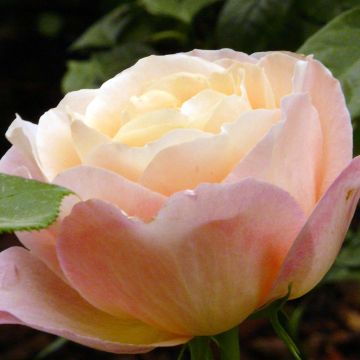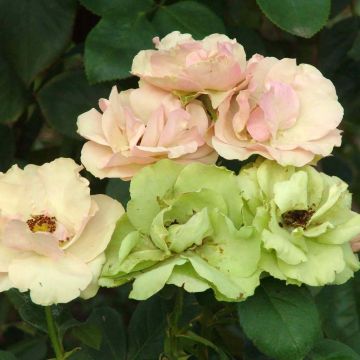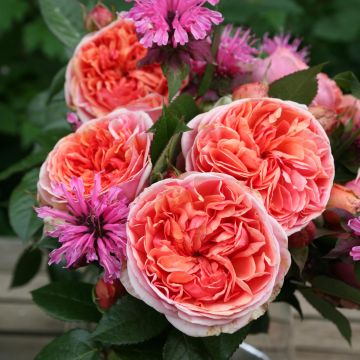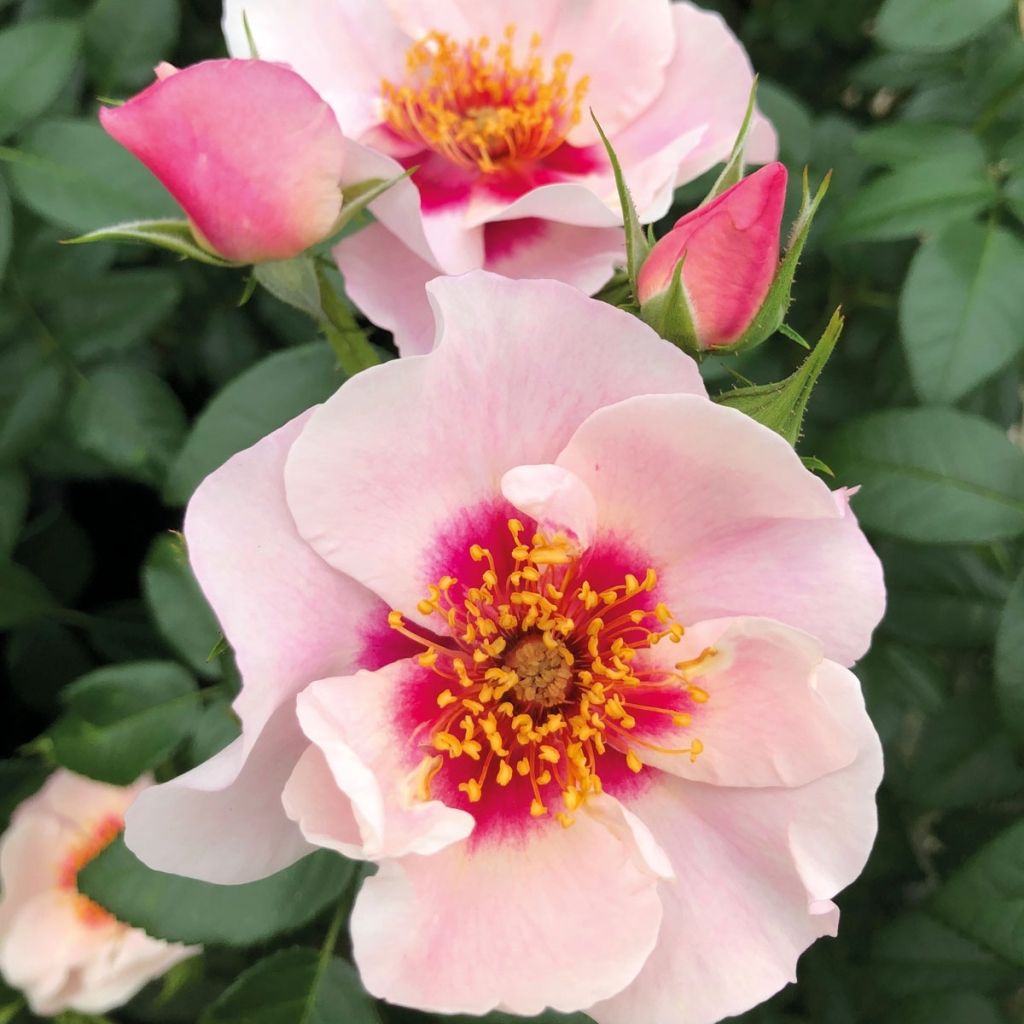

Rosa x persica See You In Red - Hybrid shrub rose
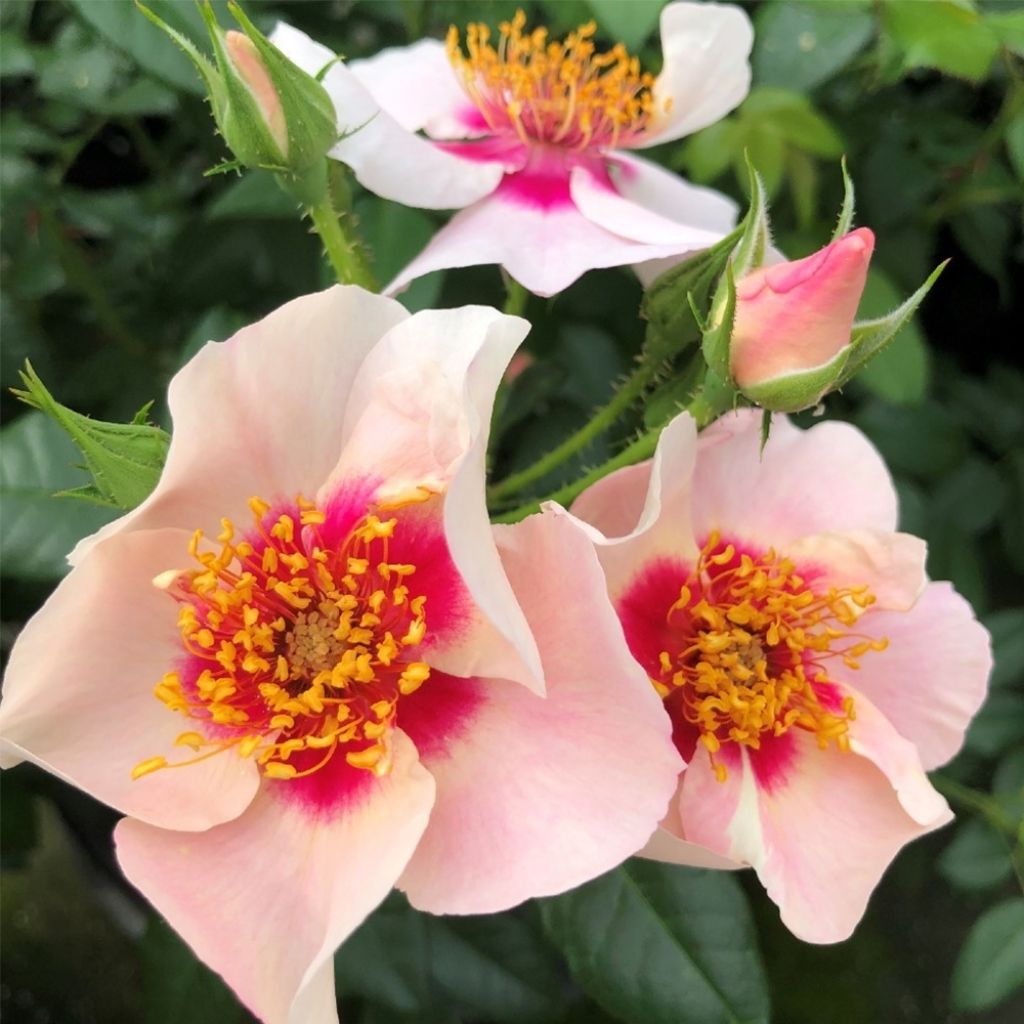

Rosa x persica See You In Red - Hybrid shrub rose
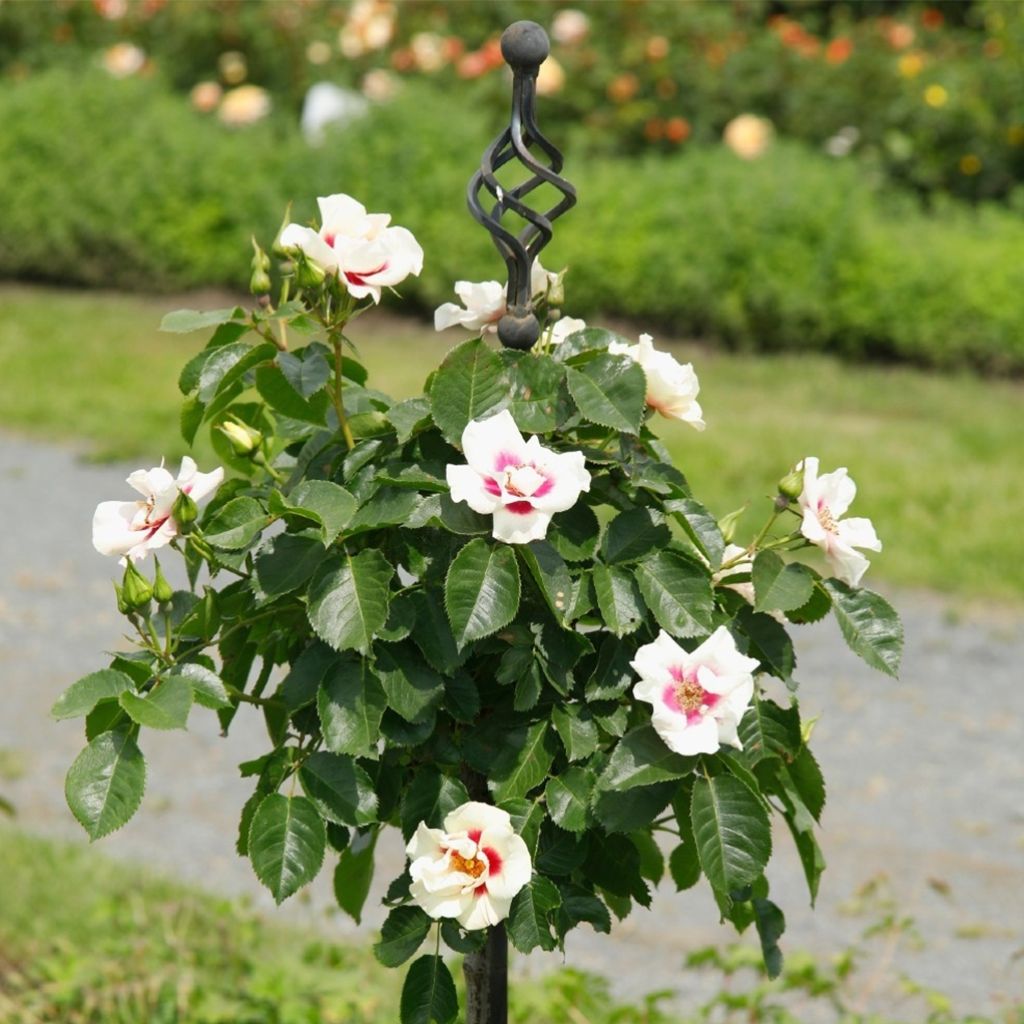

Rosa x persica See You In Red - Hybrid shrub rose
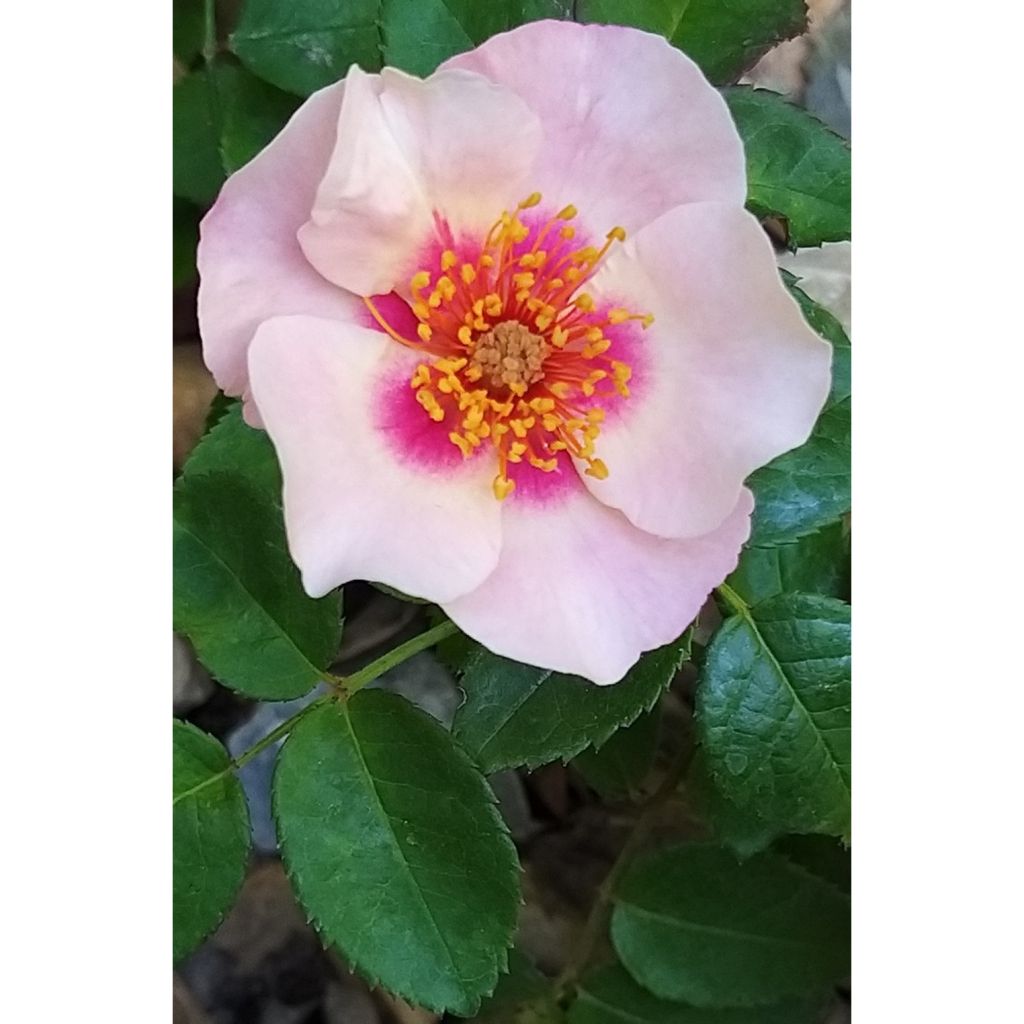

Rosa x persica See You In Red - Hybrid shrub rose
Rosa x persica See You In Red - Hybrid shrub rose
Rosa x persica See You® In Red 'KORhulth003'
Persian Rose
This item cannot be shipped to the selected country
Delivery charge from €5.90
Delivery charge from €5.90
Delivery charge from €5.90
Delivery to Corse prohibited
More information
Schedule delivery date,
and select date in basket
This plant carries a 24 months recovery warranty
More information
We guarantee the quality of our plants for a full growing cycle, and will replace at our expense any plant that fails to recover under normal climatic and planting conditions.
From €5.90 for pickup delivery and €6.90 for home delivery
Express home delivery from €8.90.
From €5.90 for pickup delivery and €6.90 for home delivery
Express home delivery from €8.90.
From €5.90 for pickup delivery and €6.90 for home delivery
Express home delivery from €8.90.
Delivery to Corse prohibited: UE law prohibits the import of this plant from mainland France to Corse as part of the fight against Xylella fastidiosa. Please accept our sincere apologies.
More information

Does this plant fit my garden?
Set up your Plantfit profile →
Description
The 'See You In Red' rose is the latest addition to the See You series, which brings together excellent hybrids of the botanical species known as Rosa persica. The flowers of this variety, light as a butterfly's flight, are beautifully bicoloured, creamy-white to pink-white with a raspberry-red centre. They bloom in clusters during a very long period, enlivening the bush until the first cold weather. In addition to these ornamental qualities, it has a great natural resistance to rose diseases, attested by the ADR label. A small rose bush that is easy to care for, generous, and unique, standing out in a flower bed, a small flowering hedge, or a beautiful pot on the patio!
The Rosa (x) persica See You In Red was introduced in 2019 by the German rose breeder Kordes Rosen, renowned for its creations combining an abundance of flowers, hardiness, and disease resistance. In 2021, it obtained the highly selective German ADR label that rewards the best varieties. It is a descendant from a wild rose originating from the steppe regions of Central Asia discovered in 1784 by the botanist André Michaux, in the Zagros Mountains, on the border between Iran and Iraq. The particularity offered by its bicoloured flowers has since prompted rose breeders to attempt its hybridisation with other cosmopolitan species and varieties. After years of research and selection, very interesting new cultivars have emerged, including the series of 'See You' garden roses, developed by Kordes in partnership with Globe Planter.
See You In Red' is a small bush or shrub with an upright and bushy habit, measuring about 70 cm (28in) in height and 50 cm (20in) in width when mature. Its branches are thorny and adorned with abundant foliage divided into 5 dark green leaflets with toothed edges. Flowering begins quite early, in May-June, depending on the climate, and regularly continues until September-October if the soil remains somewhat moist during summer. The plant can withstand summer drought perfectly, but its flowering will stop and resume only with the return of rain. The flowers, gathered in clusters, are single to semi-double, semi-open cups, measuring 5 to 6 cm (2in) in diameter. Almost white with a Bordeaux heart at blooming, they turn very pale pink with a dark pink-red heart at full bloom. Their fragrance is very light. The unusual and highly contrasting colour of its roses makes this bush a beautiful floral bouquet that does not resemble a typical rose.
'See You In Red' is a special rose that deserves a prime location, in a flower bed or on a balcony. It is water-efficient, but also hardy enough to withstand our winters, allowing it to be adopted almost anywhere. It can be planted in groups of 3 to 5 plants, forming a large and highly flowering bush for months: surround your roses with small catmints (Nepeta mussinii) or compact lavenders, for example, and you will easily create a very beautiful scene that will animate the garden from June to October, requiring little maintenance. Also consider pairing it with lovely grasses like Muhlenbergia capillaris, or Stipa capillata, or the blue flowers of perennial flax. It also looks beautiful in front of a mass of tall asters (Aster laevis, Aster turbinellus, Aster Little Carlow), with late white or mauve tulips, or even white groundcover roses (Rose Rigo Rosen Innocencia).
Report an error about the product description
Rosa x persica See You In Red - Hybrid shrub rose in pictures
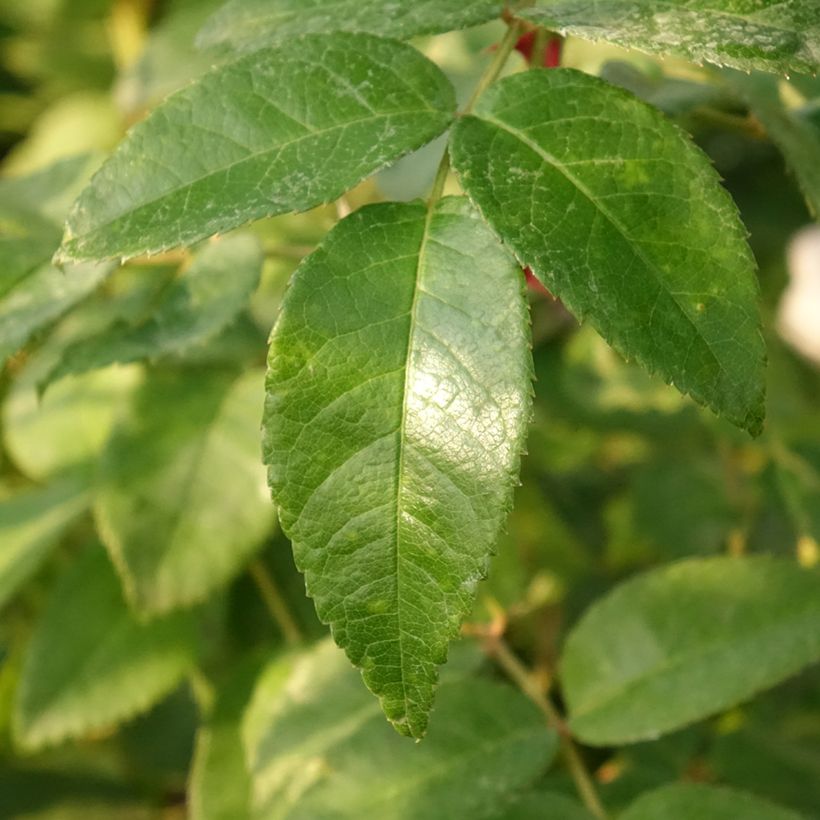

Plant habit
Flowering
Foliage
Botanical data
Rosa
x persica
See You® In Red 'KORhulth003'
Rosaceae
Persian Rose
Cultivar or hybrid
Other Roses A to Z
Planting and care
The See You In Red rose is undemanding in the nature of the soil, but it dislikes shallow soils, as well as heavy and suffocating soils. Plant it in a mixture of garden soil and compost, sufficiently loose and well-draining. It thrives in all sufficiently sunny regions, up to 1000 m (3281ft) altitude, is not afraid of diseases, cold, or drought once well established. Dry summers may reduce the flowering, without harming the plant. It adapts to all gardens, as long as the planting is taken care of. Plant it in a sunny location. It may be useful to remove dead wood in winter.
Planting period
Intended location
Care
-
, onOrder confirmed
Reply from on Promesse de fleurs
Haven't found what you were looking for?
Hardiness is the lowest winter temperature a plant can endure without suffering serious damage or even dying. However, hardiness is affected by location (a sheltered area, such as a patio), protection (winter cover) and soil type (hardiness is improved by well-drained soil).

Photo Sharing Terms & Conditions
In order to encourage gardeners to interact and share their experiences, Promesse de fleurs offers various media enabling content to be uploaded onto its Site - in particular via the ‘Photo sharing’ module.
The User agrees to refrain from:
- Posting any content that is illegal, prejudicial, insulting, racist, inciteful to hatred, revisionist, contrary to public decency, that infringes on privacy or on the privacy rights of third parties, in particular the publicity rights of persons and goods, intellectual property rights, or the right to privacy.
- Submitting content on behalf of a third party;
- Impersonate the identity of a third party and/or publish any personal information about a third party;
In general, the User undertakes to refrain from any unethical behaviour.
All Content (in particular text, comments, files, images, photos, videos, creative works, etc.), which may be subject to property or intellectual property rights, image or other private rights, shall remain the property of the User, subject to the limited rights granted by the terms of the licence granted by Promesse de fleurs as stated below. Users are at liberty to publish or not to publish such Content on the Site, notably via the ‘Photo Sharing’ facility, and accept that this Content shall be made public and freely accessible, notably on the Internet.
Users further acknowledge, undertake to have ,and guarantee that they hold all necessary rights and permissions to publish such material on the Site, in particular with regard to the legislation in force pertaining to any privacy, property, intellectual property, image, or contractual rights, or rights of any other nature. By publishing such Content on the Site, Users acknowledge accepting full liability as publishers of the Content within the meaning of the law, and grant Promesse de fleurs, free of charge, an inclusive, worldwide licence for the said Content for the entire duration of its publication, including all reproduction, representation, up/downloading, displaying, performing, transmission, and storage rights.
Users also grant permission for their name to be linked to the Content and accept that this link may not always be made available.
By engaging in posting material, Users consent to their Content becoming automatically accessible on the Internet, in particular on other sites and/or blogs and/or web pages of the Promesse de fleurs site, including in particular social pages and the Promesse de fleurs catalogue.
Users may secure the removal of entrusted content free of charge by issuing a simple request via our contact form.
The flowering period indicated on our website applies to countries and regions located in USDA zone 8 (France, the United Kingdom, Ireland, the Netherlands, etc.)
It will vary according to where you live:
- In zones 9 to 10 (Italy, Spain, Greece, etc.), flowering will occur about 2 to 4 weeks earlier.
- In zones 6 to 7 (Germany, Poland, Slovenia, and lower mountainous regions), flowering will be delayed by 2 to 3 weeks.
- In zone 5 (Central Europe, Scandinavia), blooming will be delayed by 3 to 5 weeks.
In temperate climates, pruning of spring-flowering shrubs (forsythia, spireas, etc.) should be done just after flowering.
Pruning of summer-flowering shrubs (Indian Lilac, Perovskia, etc.) can be done in winter or spring.
In cold regions as well as with frost-sensitive plants, avoid pruning too early when severe frosts may still occur.
The planting period indicated on our website applies to countries and regions located in USDA zone 8 (France, United Kingdom, Ireland, Netherlands).
It will vary according to where you live:
- In Mediterranean zones (Marseille, Madrid, Milan, etc.), autumn and winter are the best planting periods.
- In continental zones (Strasbourg, Munich, Vienna, etc.), delay planting by 2 to 3 weeks in spring and bring it forward by 2 to 4 weeks in autumn.
- In mountainous regions (the Alps, Pyrenees, Carpathians, etc.), it is best to plant in late spring (May-June) or late summer (August-September).
The harvesting period indicated on our website applies to countries and regions in USDA zone 8 (France, England, Ireland, the Netherlands).
In colder areas (Scandinavia, Poland, Austria...) fruit and vegetable harvests are likely to be delayed by 3-4 weeks.
In warmer areas (Italy, Spain, Greece, etc.), harvesting will probably take place earlier, depending on weather conditions.
The sowing periods indicated on our website apply to countries and regions within USDA Zone 8 (France, UK, Ireland, Netherlands).
In colder areas (Scandinavia, Poland, Austria...), delay any outdoor sowing by 3-4 weeks, or sow under glass.
In warmer climes (Italy, Spain, Greece, etc.), bring outdoor sowing forward by a few weeks.




































